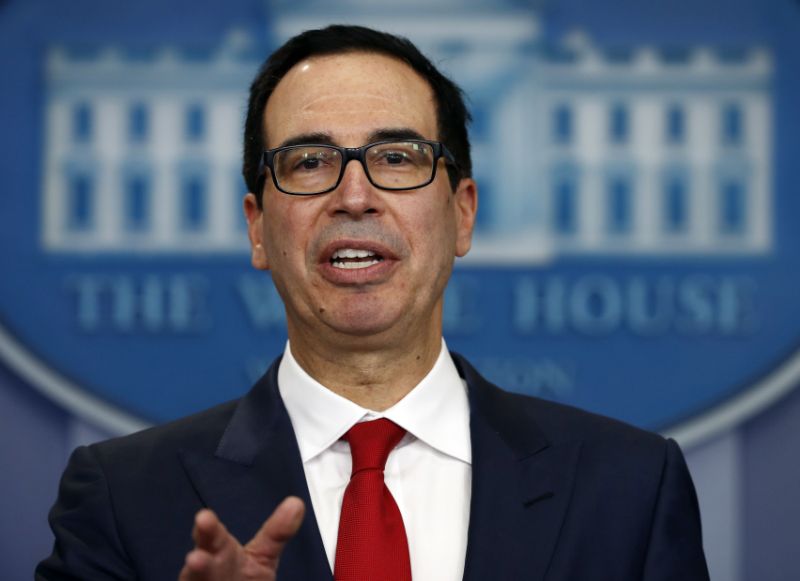
The U.S. is up against its debt ceiling, with $19.847 trillion in debt securities issued. At the same time, funding for the government expires on Oct. 1, and if President Donald Trump and Congress can’t reach a deal, the government will face a shutdown.
While affecting millions, a shutdown isn’t necessarily as worrisome to many as the shadow of uncertainty surrounding the government’s ability to pay its debts. The U.S. has almost never defaulted on its debt, only doing so during the War of 1812 and perhaps by accident in 1979.
“Failing to increase the debt limit would have catastrophic economic consequences,” the Treasury website notes. “It would cause the government to default on its legal obligations – an unprecedented event in American history.”
If there’s good news, it’s that the Federal Reserve’s Federal Open Market Committee transcripts from past debt-ceiling discussions suggest that debt would likely be prioritized. This means some programs would get funding while some won’t. Medicare and Social Security, in particular, could take a back seat. Prioritization of debt is a double edged sword.
“If there’s no deal,” vice chairman William Dudley said on an Aug. 1, 2011 call, “I’d think that how this would evolve would be that the Treasury would commit to pay principal and interest, and other payments would soon be delayed as the Treasury ran out of cash.”
“I’ve spoken to investors who are comforted by FOMC transcripts from 2011 that discussed prioritization of debt payments in order to avoid default. I am not,” wrote Morgan Stanley strategist Andrew Sheets in a recent research note. “[This] prioritization would require delaying payments to programs like Social Security and Medicare, with real human and economic cost.”
In his comments at the time, Dudley noted that this “prioritization — in other words, putting principal and interest ahead of payments to Social Security and Medicare, to the troops, et cetera — might not prove to be sustainable” politically. Clearly, the “real human and economic cost” Sheets notes would be nothing if not explosive.
Sheets also expressed concern that this reduces the urgency of “what remains a serious issue.” Having navigated debt crises before in 2011 and 2013, most recently, the market and financial systems may be complacent over the previous results of deal-making.
“Congress has always acted when called upon to raise the debt limit,” the Federal Reserve’s website says. “Since 1960, Congress has acted 78 separate times to permanently raise, temporarily extend, or revise the definition of the debt limit – 49 times under Republican presidents and 29 times under Democratic presidents.”
But despite history, the Trump moniker “The king of debt,” and a book called “The Art of the Deal,” the president’s divisiveness and alienation of Congress may put the country on new ground, where payments to social programs are deferred.
According to Sheets, “While the mechanics of this prioritization may work, it is untested in a live environment.”

